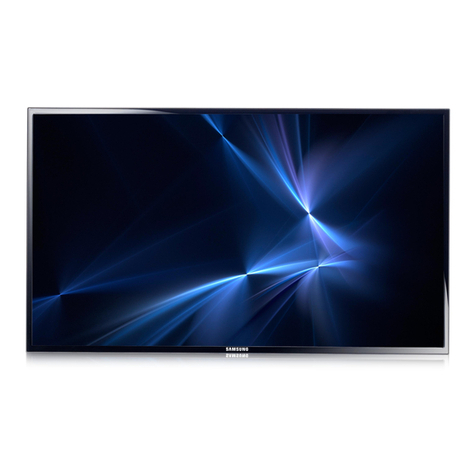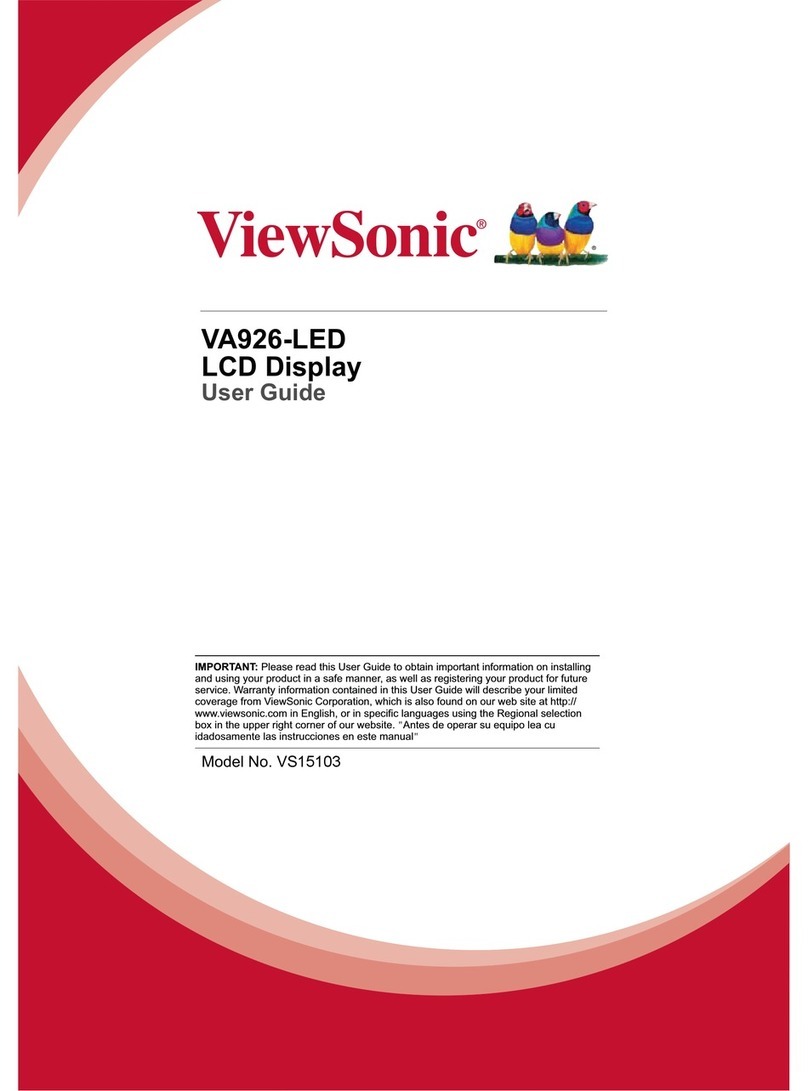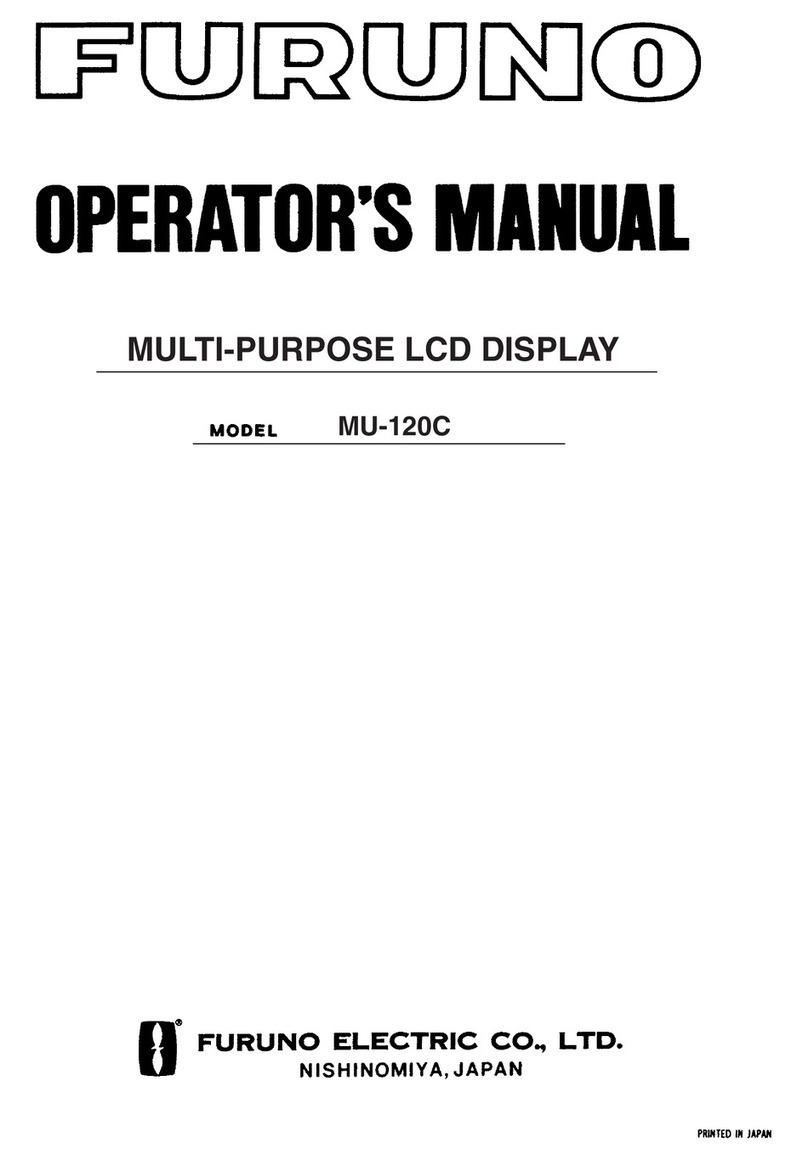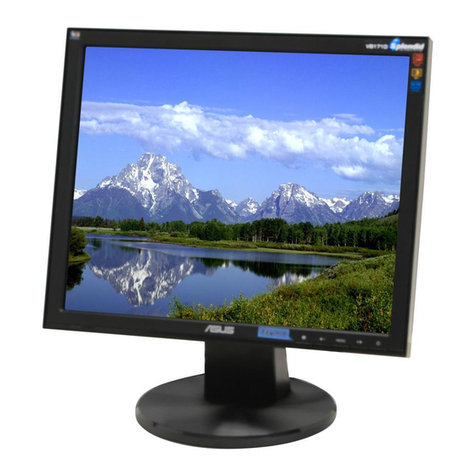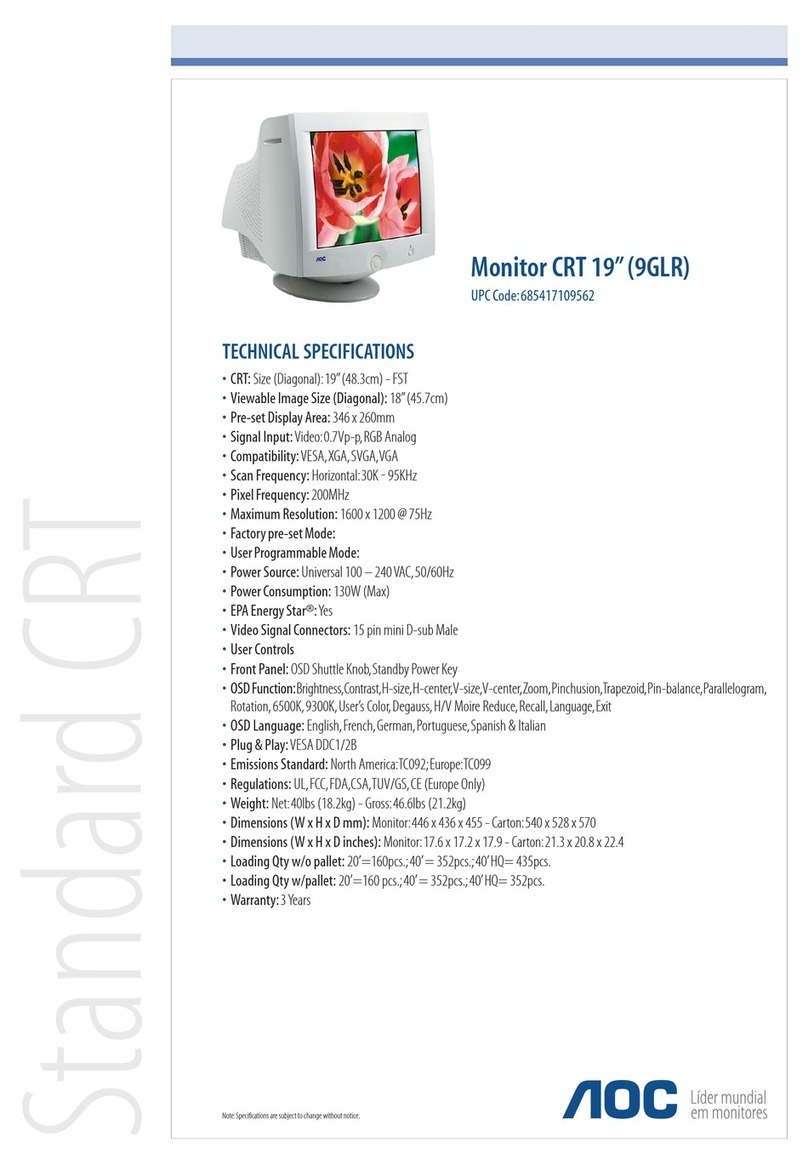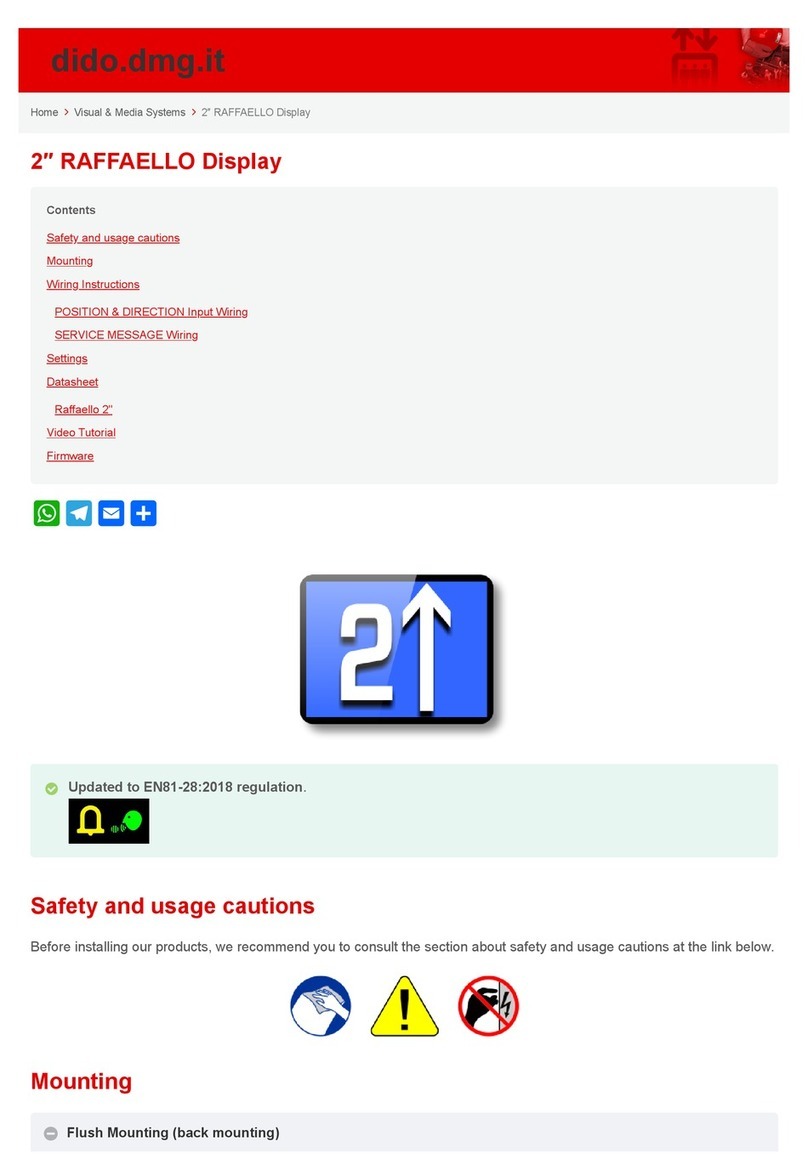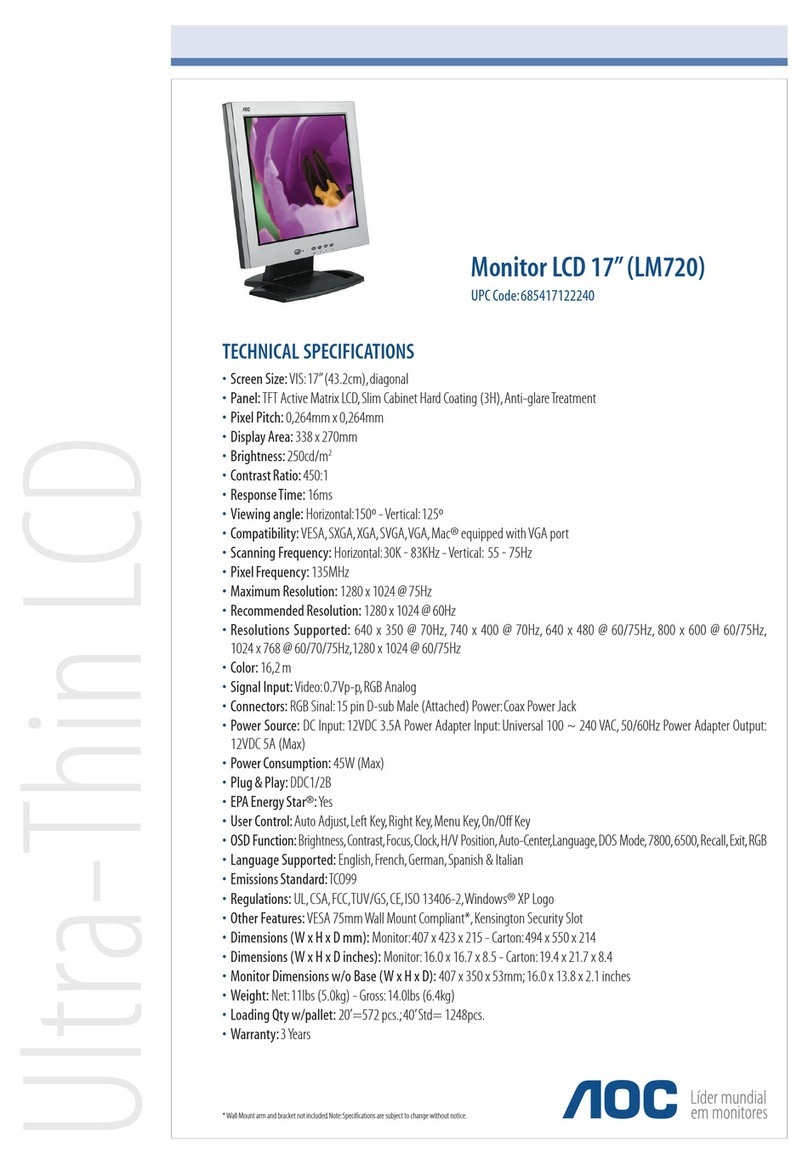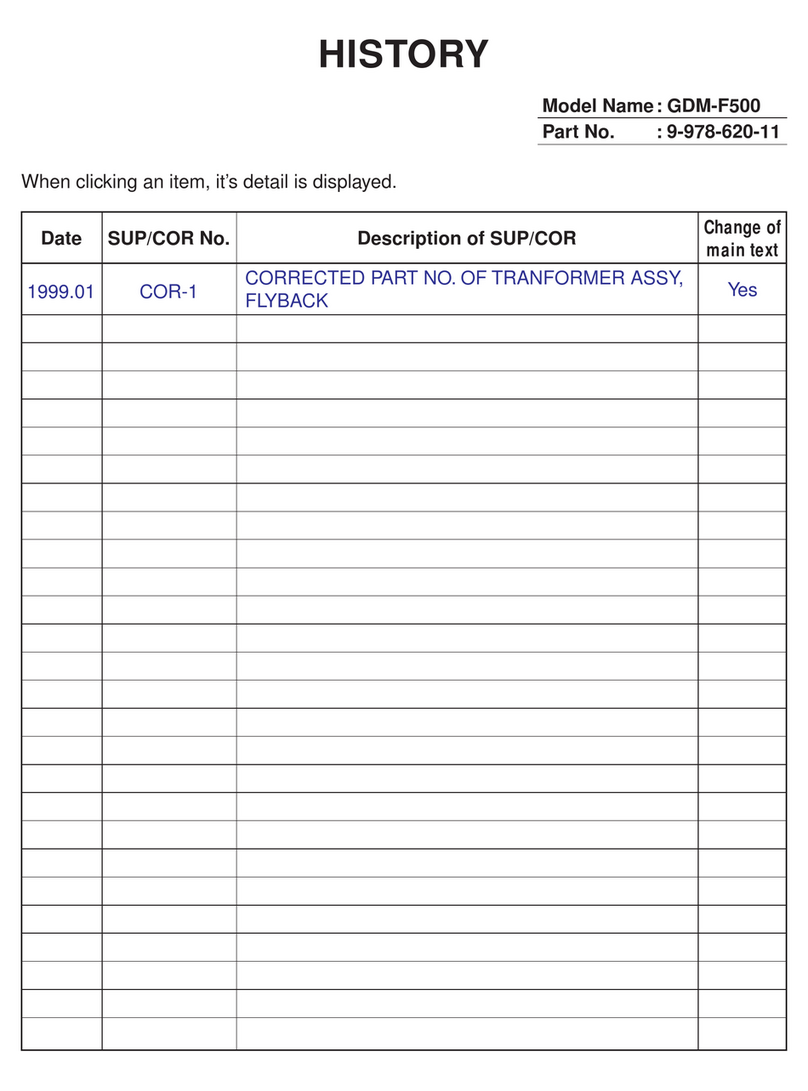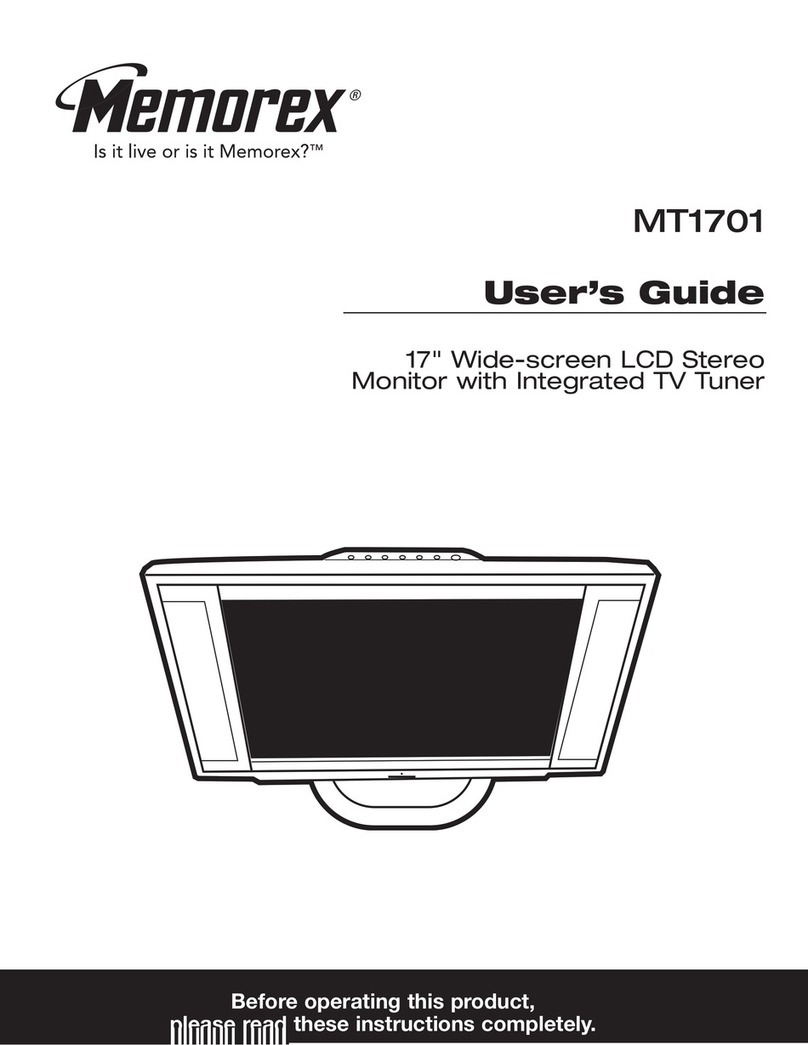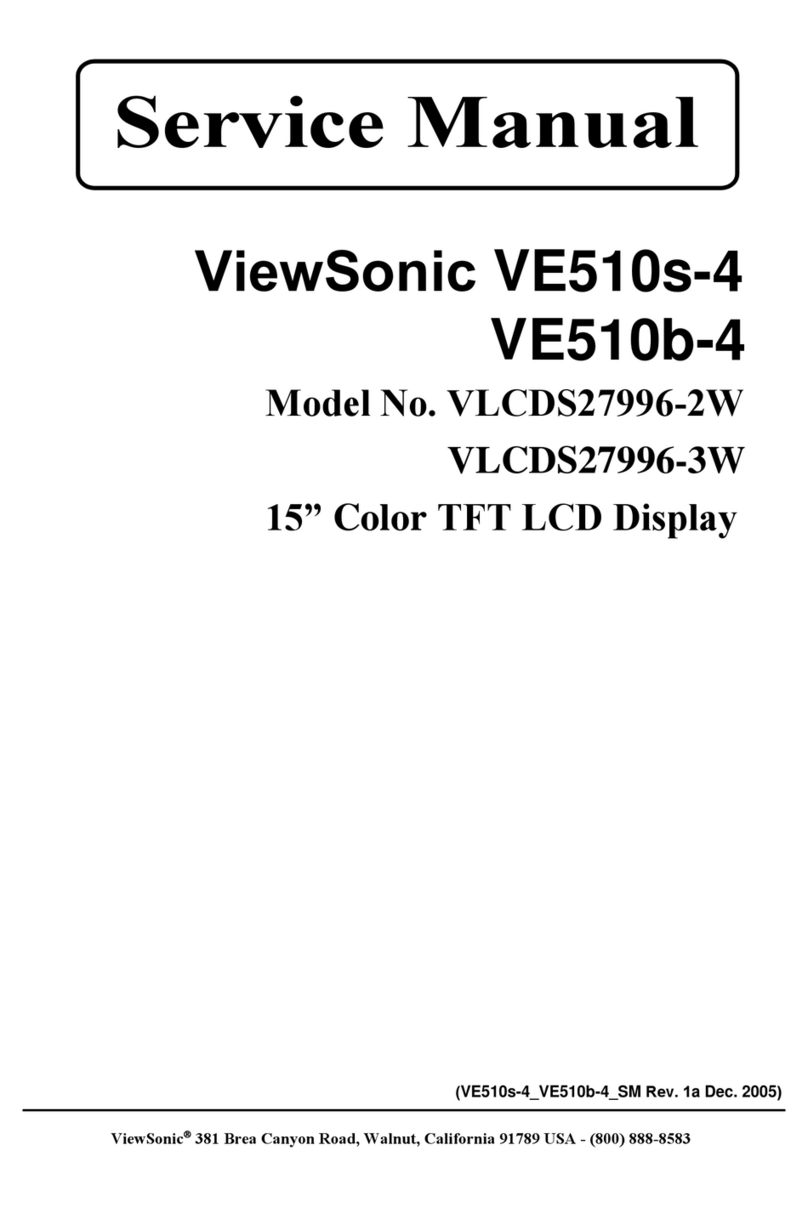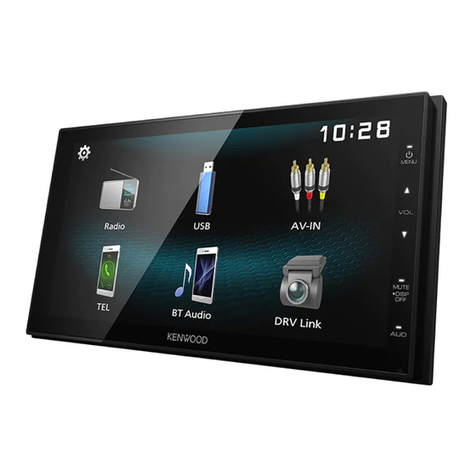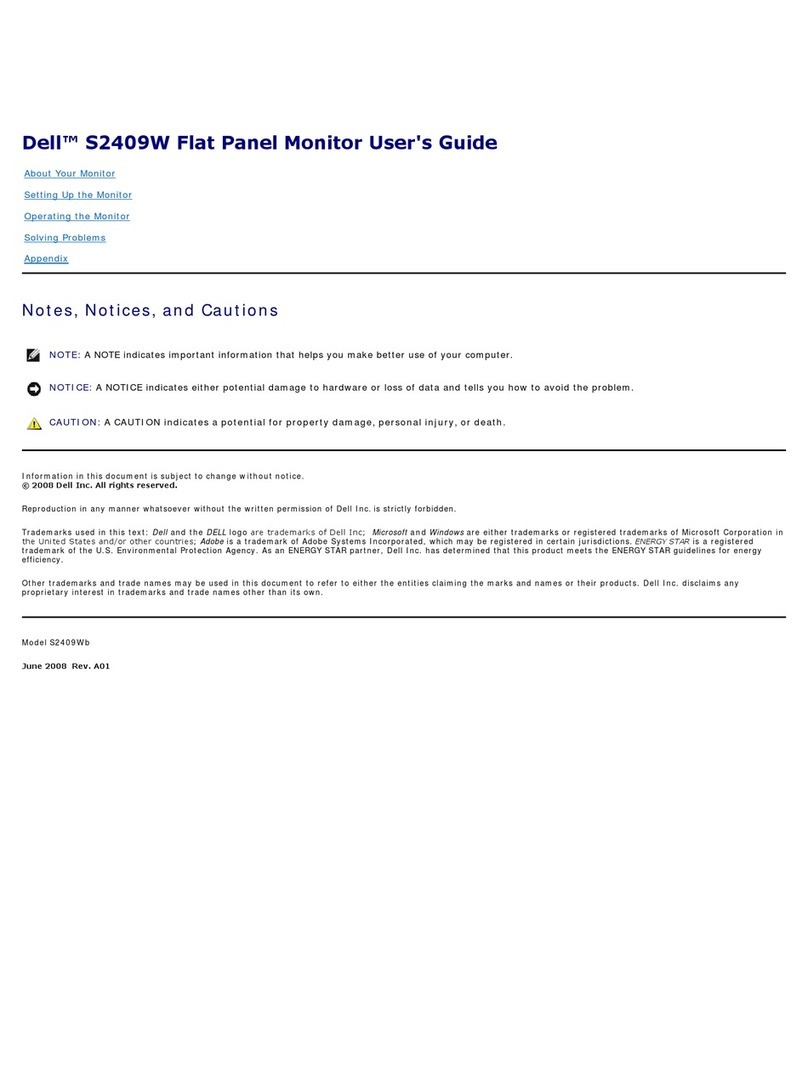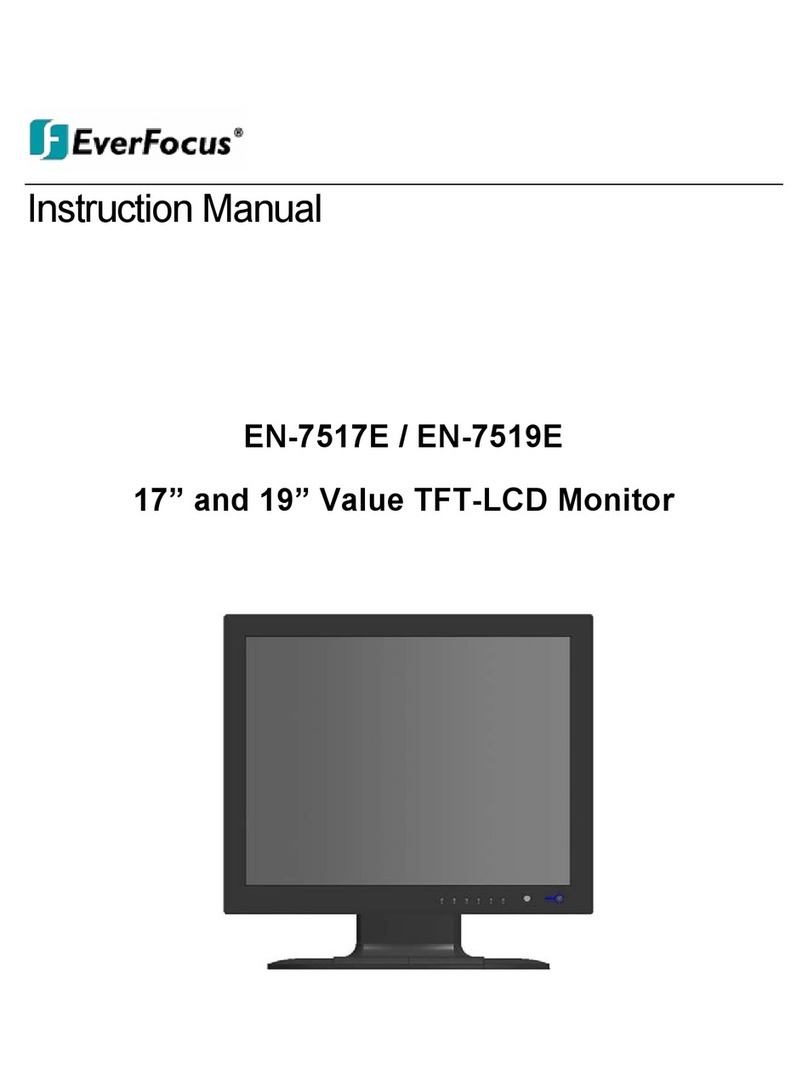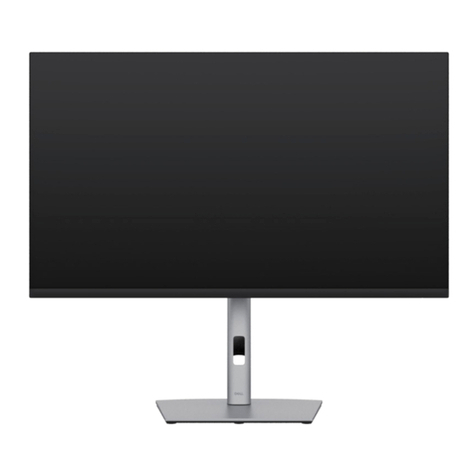ELFIN flexyPage User manual

flexyPage displays
User Manual
Commissioning and setup
Version 2.1.x
© ELFIN Technology GmbH 2022-06

Content
Changes to version 1.39.x
New functions
Changes
Bugfixes
Known bugs
A brief overview
Video tutorials
Indications on the flexyPage documentation
Safety guidelines
Safety guidelines and restrictions
Commissioning
Commissioning of the hardware
Required wiring
Standard configuration of inputs and outputs for external I/O modules
Commissioning of the software
Power-up
Touchscreen calibration
First login
User roles
Setup
Layout
Content
Update
Setup
The configuration interface
First Steps
Creating a configuration in three steps
Layout selection
Background image
Color scheme
Creating your own configuration
Configuration of the display settings
Configuration of the building
Adjusting widget properties
Device overview and connection information
Connection status
Maintenance
© ELFIN Technology GmbH | flexyPage displays user manual | version 2.1.x | 2022-06 1

Firmware updates
Online update
USB-Update
Upload a firmware file
Update dialogue
Calibration of the touchscreen
Hardware settings
Localization and time
Time
Area/Time zone
Language
Screen
Network settings
Network settings of the flexyPage display
LAN / IPv4 settings in the flexyPage display
Factory settings
Reserved IP addresses
Changing the IPv4 address
Displaying the network settings in an emergency
Cellular (4G)
Mobilcom-Debitel (Vodafone Netz)
LIDL Connect
Telekom M2M
Network services
NTP Settings
Proxy server settings
Remote diagnosis
Export/Import
General display settings
Distance between widgets
Display rotation
Grid units
System information at start of programme
Special Text
General
Deactivation of special signals or functions
Priorities
CAN Configuration
Lift configuration
© ELFIN Technology GmbH | flexyPage displays user manual | version 2.1.x | 2022-06 2

Simulation
Baud rate
Nodes-ID
Floor
Assigned lifts
Door
Load sensor settings
Position settings
In-/Outputs
ELFIN Call Controller
CANopen master
Node-ID
General I/O parameters
External CANopen inputs and outputs
Generate messages from position values
Example topology and node-ID assignment
Energy saving functions
LVDS
CANopen-Lift
Discrete signals / inputs
Sound settings
Widgets
General Information
All buttons and switches
Widget-Descriptions
Lift-Buttons
PIN Pad
Car Calls
CarCall[v2]
CarCall[h2]
CarCall[floor]
CarCall[tenant]
CarCall[basic]
CarCall[Image]
The CarCall[Image] widget provides a call button that loads its background images from an
URL.
Hall Calls
HallCall[basic]
Guest calls
GuestCall[basic]
Destination calls
© ELFIN Technology GmbH | flexyPage displays user manual | version 2.1.x | 2022-06 3

DestinationCallButton[floor]
Buttons + Switches
SpecialFunctionButton[basic]
KeyPad for floor selection
KeyPad[character]
KeyPad[enter]
KeyPad[clear]
KeyPad[display]
Lift-Status Indicator
Direction Indicators
DirectionIndicator[double]
DirectionIndicator[single]
EvacuationMovingDirection
DirectionIndicator[rotation]
Destination call indicators
AcknowledgedFloors[horizontal list]
AssignedLift[text]
Announcements
LiftInfo[icon+text]
LiftInfo[text]
LiftInfo[icon]
SimpleMessageIndicator[text]
Floor Indicators
FloorIndicator[alias]
FloorIndicator[bar]
FloorIndicator[nostalgic]
SimpleFloorIndicator[text]
Lift-Status
LiftStatus[classic]
Info + Adverts
FloorInfo[v2]
FloorInfo[stream]
Entertainment
Campaign[basic]
Web services
Messenger[basic]
Tenants[basic]
RssReader[header]
Weather[icon]
Weather[text]
Multimedia
TextArea[basic]
© ELFIN Technology GmbH | flexyPage displays user manual | version 2.1.x | 2022-06 4

DiaShow[basic]
VideoPlayer[basic]
RemoteViewer[image]
Video[Stream]
FloorInfo[video]
Sensors
Load
Load[digit]
Load[needle]
Load[icons]
Load[bar]
Speed
Speed[digit]
Position
Position[shaft]
Position[digit]
DistanceToFloor[digit]
DistanceToAdjacentFloors[compact]
PositionImage[animated]
Energy consumption
EnergyConsumed[digit]
EnergyFedBack[digit]
PowerSum[digit]
PowerSum[bar]
PowerSum[needle]
Date + Time
Date+Time[text]
Date+Time[stored]
Time[analogue]
Sample application for the widget time [analogue]
Miscellaneous
TextArea[locked]
NextStopIndex
JourneyCounter[digit]
JourneyDurationCounter[digit]
Games
Tic Tac Toe
Quick start guides
Configuration of IOs
CAN configuration set up
IO mappings set up
© ELFIN Technology GmbH | flexyPage displays user manual | version 2.1.x | 2022-06 5

Changes to version 1.39.x
New functions
●Widget “CarCall[Image]”
●Widget “XmlViewer[filter]”
●Option to configure your own hostnames for the displays (zeroconf)T
Changes
●Option to upload your own certificates
●Support for special functions for destination calls in the keypad widgets
●Support for external buttons and signalers for the KeyPad widget
●Advanced text formatting options
●Possibility to visualize the status of the door in the “Position[shaft]” widget
●Various adjustments and improvements
Bugfixes
●Fixed a bug when displaying widget context menus
●Fixed an error when displaying the PinPad in landscape view
●Fixed an error with the automatic image selection of newly added files
●Various adjustments and improvements
Known bugs
●the size arrows parameter is not displayed correctly in the flexyPage Editor when a SVG file is
used
A brief overview
flexyPage is a modern, flexible system for the simultaneous display of lift information and multimedia
presentations inside and outside elevators.
The flexyPage displays are available in various sizes (from 7" to 65") and with the mediaplayer in the
boxed version, standard monitors and TVs, can also be controlled via a HDMI interface. Via the
integrated CAN interface external sensors, input / output modules and controllers, which support the
© ELFIN Technology GmbH | flexyPage displays user manual | version 2.1.x | 2022-06 7

standard CANopen CiA 417 - CANopen-Lift, can be connected. The audio signal is available via a line-out
interface or a loudspeaker connection. For the input of commands by the user, different touch sensors
can be connected. The configuration and connection to the internet takes place via the LAN interface or
an internal 4G modem.
The displays can be used in all elevators for a wide range of applications, both in the new building and in
retrofitting.
The functions and the layout of the flexyPage displays are freely configurable via the web editor
described in this user manual and also via the internet. A configuration software is not necessary for
this. Any current Internet browser can be used.
Video tutorials
You can get a quick start with our video tutorials on the following topics:
●Connect to the display (Windows):
https://flexypage.de/en/how-connect-display-ethernet-your-windows-personal-computer
●Connect to the display (Mac):
https://flexypage.de/en/how-connect-display-ethernet-your-mac
●Log in to the user interface:
https://flexypage.de/en/how-login-your-display
●Import and export the display configuration:
https://flexypage.de/en/how-ex-and-import-screen-designs-bin-files
●Change the network settings:
https://flexypage.de/en/how-change-your-displays-network-settings
●Change and adapt the tenants:
https://flexypage.de/en/how-set-or-change-your-tenants
●Adjusting images:
https://flexypage.de/en/how-change-images
●Customize the elevator information:
https://flexypage.de/en/how-change-your-elevators-information
●Finding the serial number:
https://flexypage.de/en/where-find-displays-serial-number-and-update-status
More videos and instructions can be found at https://flexypage.de/en/videos-and-tutorials
Do you have any questions or suggestions? Please don’t hesitate to contact us at
sales@flexyPage.de.
© ELFIN Technology GmbH | flexyPage displays user manual | version 2.1.x | 2022-06 8

© ELFIN Technology GmbH | flexyPage displays user manual | version 2.1.x | 2022-06 9

Indications on the flexyPage documentation
This user manual describes how to setup and configure the
flexyPage displays. It is only a part of the entire product
documentation and subject to a constant update.
This document, the photographs, graphics and videos as well as
hardware and software, are copyrighted. They may not be copied
or circulated without written permission. Translations are also
subject to written approval.
The contact person for copies, translations and all similar requests is ELFIN Technology GmbH.
The documentation is prepared with great care. Nevertheless, mistakes cannot be excluded. We are
excited about suggestions and hints for errors in our documentation. Please contact our sales
department or support.
ELFIN Technology GmbH is not liable for damages, possible errors and their consequences that arise in
connection with the delivery or use of this product data sheet.
Please read the documents carefully before use!
The current version of the manuals, product data sheets as well as further documents
and application examples can be found on the product homepage at:
Introduction to the flexyPage system flexypage.de/en/documentation
Quick start guide flexypage.de/en/documentation
Video instructions flexypage.de/en/videos-and-tutorials
flexypage user manual flexypage.de/en/user-documentation
Widget descriptions flexypage.de/en/doc/widget-descriptions
Product data sheets flexypage.de/en/documentation
Frequently Asked Questions flexypage.de/en/faq
Contact for sales flexypage.de/en/sales
Contact to support flexypage.de/en/support
© ELFIN Technology GmbH | flexyPage displays user manual | version 2.1.x | 2022-06 10

Safety guidelines
Safety guidelines and restrictions
Please follow all the instructions in this manual and on the device.
An exclamation mark in a triangle indicates special indications on the device.
The lightning flash with an arrow indicates dangerous voltage. Ignoring this sign can result in danger to
life. Installation and commissioning may only be done by professional staff! Repair of displays may only
be done by ELFIN support. Autonomous opening of the casing can lead to damage on the display and an
immediate loss of warranty claims. In case of damage at delivery do not plug it in! Please contact the
ELFIN support.
Please, do not use harsh, abrasive cleaning agents when cleaning the device or sharp objects against
the glass. Heat accumulation can lead to an overheating of the flexyPage display. This can lead to
damage on the display. The cooling of the internal electronics happens passively via the casing. Provide
sufficient air circulation around the flexyPage display. If the casing has ventilation slots, always make
sure they are open. Wetness or fluids getting into the flexyPage display can cause electric shocks or
short circuits. Only use the displays inside of buildings. Don’t let fluids get inside the display.
© ELFIN Technology GmbH | flexyPage displays user manual | version 2.1.x | 2022-06 11

Commissioning
Commissioning of the hardware
The mounting and electrical installation can differ according to the design and variant of the displays.
You will find the corresponding instructions in the product data sheets of the flexyPage displays.
Required wiring
Warning!
The wiring of the displays may only be carried out by specialists!
Incorrect wiring can lead to injury, fire or damage to the components.
For the operation of the displays, the following wiring must be carried out before switching on for the
first time:
●24 VDC power supply (For devices of the type fel1C and fel2B 12 VDC)
●CAN bus (note termination!)
○to the CAN bus of a lift system with a CANopen-Lift
○or to external I/O modules + sensors for providing the signals
●RS485 interface for connection to systems with proprietary protocol
●with parallel wiring inputs/outputs and calls
●HDMI (only boxed versions)
●external speakers or active speakers
●LAN network
○for connection to the internet or an intranet
○for the configuration of the display
●WLAN USB adapter (fel2, fel4 and fel5)
○Optional for activation of the access point
○For display configuration
Note LAN:
Previously, it was necessary to use a crossover LAN cable for a point-to-point connection between two
computers. For some time, the network interfaces of the devices are independently able to assign the
© ELFIN Technology GmbH | flexyPage displays user manual | version 2.1.x | 2022-06 12

wires of the cable in order to establish communication. This eliminates the need for special crossover
cables.
Notes WLAN:
●When a USB/WLAN adapter is detected, the supporting devices automatically set up a WLAN
access point. This is the case when the adapter is plugged into the USB socket or the flexyPage
device is restarted with the adapter plugged in.
●After one hour, the WLAN access point is automatically switched off again for security reasons.
●The name of the network (SSID) is the serial number, for example "fel5F-00033". This allows
multiple flexyPage devices in an installation to be equipped with a wireless adapter.
●After connecting to the WLAN network, the flexyPage device can be accessed at the IP address
192.168.66.
Unfortunately, not all adapters available on the market support the access point mode or are compatible
with the flexyPage devices. The following chips were successfully tested:
●Atheros AR9271 (e.g. Netgear WNA1100, TP-Link TL-WN722N, Unex DNUA-93F)
●MediaTek / Ralink RT5370
It should be noted that even adapters with the same brand and model may use different (incompatible)
hardware internally without this being apparent from the outside. Accordingly, you should pay attention
to the chipset when buying.
Standard configuration of inputs and outputs for external I/O modules
If the flexyPage displays are used in older elevators that do not yet support the standard CANopen lift,
the required signals of the elevator can be provided via external I/O modules. These modules are
connected to the display via a CAN bus wiring. This has the advantage that the modules can be installed
where the signals are available, e.g. in the controller and for the connection to the display, then only the
two CAN bus connections must be drawn. Thus, the wiring effort can be greatly reduced.
The following figure shows the basic wiring and standard configuration of an I/O module with 16
inputs/outputs.
© ELFIN Technology GmbH | flexyPage displays user manual | version 2.1.x | 2022-06 13

Figure: Standard configuration of inputs and outputs for wiring with an external I/O module
Commissioning of the software
Power-up
After having set up the necessary wiring (see chapter Required wiring) the power supply can be
connected. After about 40 seconds the display is booted and the flexyPage application will be shown on
the display. Congratulations to the first successful start!
Touchscreen calibration
If the display is equipped with a touchscreen, this can be calibrated in the menu under Maintenance >
Touchscreen calibration. If the touchscreen is being connected to the system for the first time (after
delivery), the Touchscreen calibration dialogue will appear automatically before the actual initialization.
© ELFIN Technology GmbH | flexyPage displays user manual | version 2.1.x | 2022-06 14

First login
After a successful setup of the hardware, you are now able to log in into the system. For configuration
you can use any up-to-date browser. The best support of the current web standards are supplied by the
Chrome browser by Google. You can download it for free at:
https://www.google.de/chrome/browser/desktop/.
Enter the IP address of the display in the address bar of the browser. The IP address set at the delivery
can be found on the sticker on the back of the display, e.g. 192.168.2.66.
If the flexyPage device works as an access point, it is reachable via WLAN at the address 192.168.2.66.
Afterwards, the browser should depict the login window (see following figure).
Figure: Login screen of a flexyPage display
© ELFIN Technology GmbH | flexyPage displays user manual | version 2.1.x | 2022-06 15

User roles
In order to supply different user groups with setting options or to restrict their setting options, different
user roles are available.
Setup
A user with the role setup can adjust all display functions, interface parameter and the layout. This
applies in particular to the technical parameters of the interfaces, e.g. the CAN parameters, IP
address and date and time.
Layout
A user with role layout is allowed to make changes to the layout and to the content. He has no
access to the technical parameters, such as the interfaces.
Content
A user with the role content is allowed to make changes to the content, which means that he can
change the images of a slide show or the link of an RSS feed. However, he can not activate or
deactivate content or change it in position or size. Furthermore, this user is not allowed to execute
any changes to the layout or to any extended settings (coming soon).
Update
A user with this role is allowed to install firmware updates and to load saved (layout) settings. He is
not allowed to change settings or layouts.
There is a hierarchical authorization relationship between the roles:
OEM>Setup>(Content | Update | Design)
Each user is assigned a default user role, the default view is automatically loaded when the user logs in.
Additionally, every user can create representatives to which he can assign the same or a deeper role.
Setup
After entering the access data and confirming with <Enter> or clicking on the Login-button you will
reach the configuration interface of the flexyPage display (see following figure).
© ELFIN Technology GmbH | flexyPage displays user manual | version 2.1.x | 2022-06 16

Figure: Configuration interface of a flexyPage display
The configuration interface
The interface is divided into six parts (see following figure):
1. Main Menu
Here you can find the general menu items like logout and administrative functions as well as the
possibility to change the user role.
2. Toolbar
The small buttons offer functions like toggle grid, copy, paste and cut widgets, as well as the
erase layer function and the layer selection.
3. Display
In this section, the preview of the current screen configuration is displayed and can be set up.
© ELFIN Technology GmbH | flexyPage displays user manual | version 2.1.x | 2022-06 17

4. Quick Access
The displayed icons can be used to access frequently used menu items such as background,
color schemes or the widget library.
5. Menu
In this a section you can find the configuration menu. It contains both, the widget toolkit, as well
as all menu items for adjusting the look and feel of the flexyPage display.
6. Configuration
Via the buttons in this section you can save changes persistently or reload the last saved
configuration.
Figure: Sections of the flexyPage configuration interface
Shortcuts
For a quick configuration, it is possible to copy, cut and paste widgets with the usual keyboard shortcuts
[Ctrl] + [c / z / v].
The current configuration can be saved and applied with the key combination [Ctrl] + [s].
Context menus
By clicking with the right mouse button on a widget, a context menu opens. This not only allows to copy,
cut and paste the widget, but also to copy the layout and timer / event information as well as pasting
© ELFIN Technology GmbH | flexyPage displays user manual | version 2.1.x | 2022-06 18

these in other widgets. The content that can be inserted depends on the two widgets. If a parameter is
not available for a widget, it cannot be applied.
© ELFIN Technology GmbH | flexyPage displays user manual | version 2.1.x | 2022-06 19
Table of contents
Other ELFIN Monitor manuals


